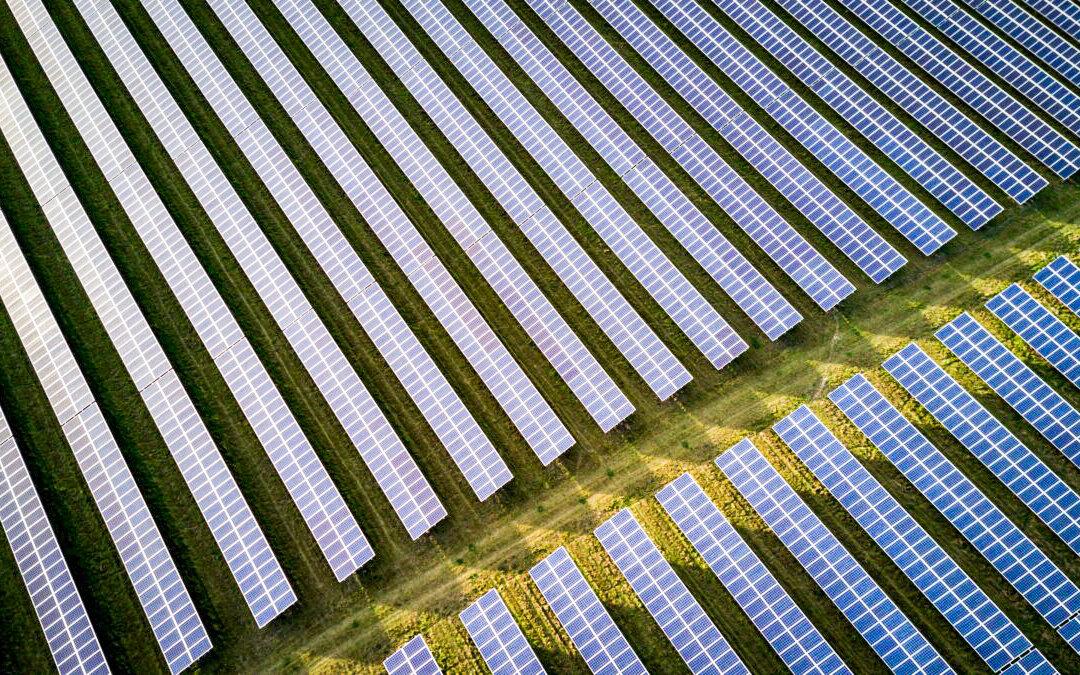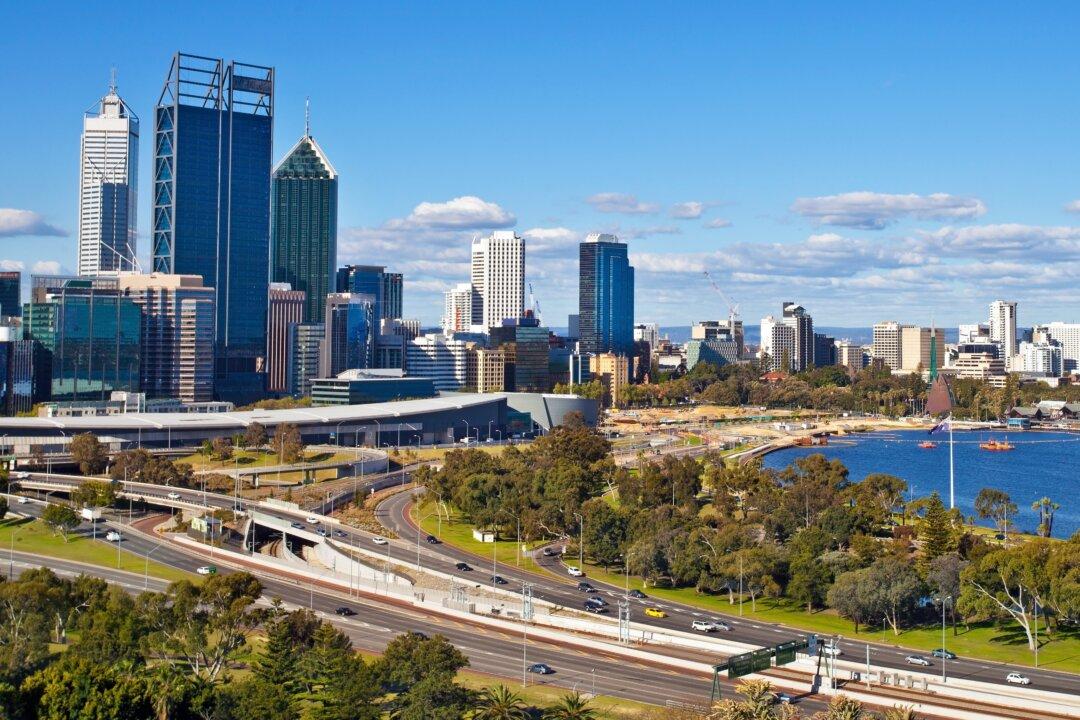Andrew Forrest and Mike Cannon-Brookes—Australia’s most vocal billionaires on climate change—have invested a further $210 million towards the world’s biggest intercontinental renewable power system.
Sun Cable’s $30 billion Australia-Asia Power Link (AAPowerLink) project had already received nearly $50 million from Forrest and Cannon Brookes in 2019 through their respective investment firms, Squadron Energy and Grok Ventures.





